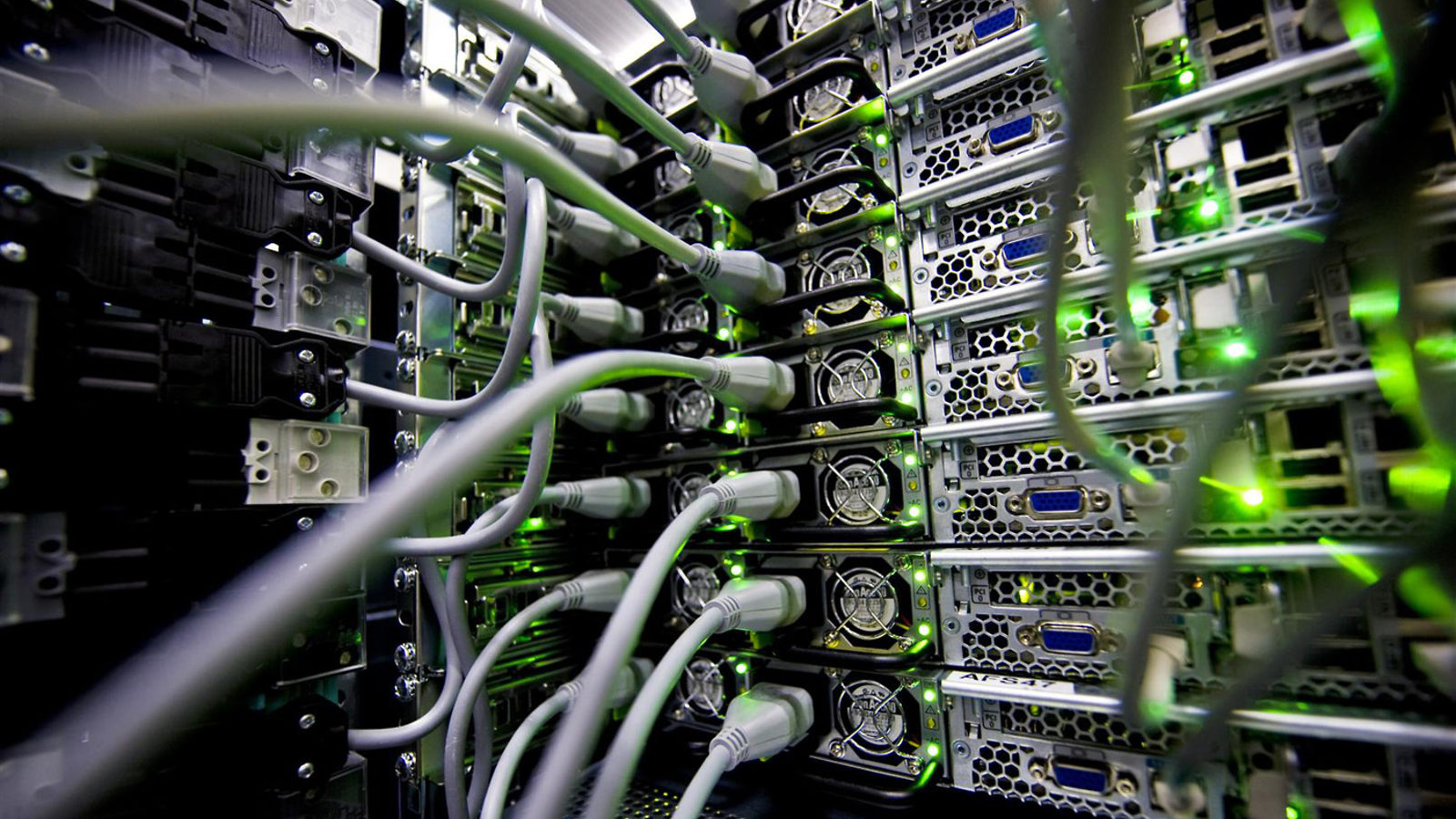Today in Budapest, CERN marked the completion of an extension of its data center that will eventually increase the laboratory’s computing capacity by about 70 percent.
The new center, installed at the Wigner Research Centre for Physics, is designed to function exactly as if it were located at the laboratory on the border of France and Switzerland, though it actually sits more than 600 miles away in Hungary.
This is possible thanks to two independent data links between CERN and Wigner that have been operational since February. The links have the ability to transmit 100 gigabits—the equivalent of more than 4,000 mp3s—per second.
“We already have two rooms filled with servers at CERN,” says Wayne Salter, the CERN IT computing facilities group leader. “Now we’re essentially adding a third room; it just happens to be in Budapest.”
The Large Hadron Collider sends protons at nearly the speed of light to crash together about 600 million times a second. When the machine is turned back on at a higher energy in early 2015, it will collide protons at nearly twice that rate, more than a billion times per second. Scientists need to sort, store and analyze the data, and that takes a lot of computing power.
CERN does its computing using a tiered system called the Worldwide LHC Computing Grid. The first stop is Tier 0, the place where CERN aggregates data and begins to process it. A master copy of all recorded data is kept at the laboratory.
From Tier 0, the data is then farmed out to 11 different Tier 1 centers throughout the world, including one at Fermilab in Illinois and one at Brookhaven National Laboratory in New York. Tier 1 centers house parts of the raw data, so that no one center is overwhelmed by requests. From there, hundreds of universities and institutions can request data as Tier 2 and Tier 3 centers, which reconstruct the particle collision events for further analysis. This system allows scientists all over the world to request and process specific portions of LHC data needed for their own research.
The new center in Budapest will ease the entire process by boosting the computing power of CERN’s Tier 0 center.
The grid processes more than 1.5 million data requests every day. By adding capacity, this extension will provide more bandwidth for scientists to access and analyze data from the LHC.
“From a physicist’s point of view, nothing has changed,” Salter says. “All communications and requests are still sent to CERN.”
Salter and his team considered several power-boosting options, including cloud computing and building a second computer center at CERN, before deciding on a remote data center. Among the 16 bids received from CERN member states, Hungary’s proposal to host the extension at Wigner proved to be the most competitive. CERN signed a three-year contract with the center with options to renew.



